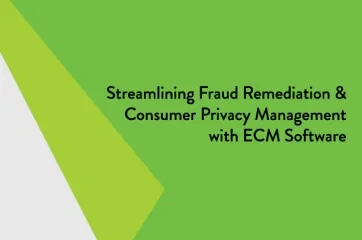Life of the Loan
In banking, the life of the loan encompasses the time period from a loan’s application through its payoff. Depending on the type of loan and the nature of the relationship, a loan’s “life” could span multiple decades.
Key Milestones in the Life of a Loan
Specific lending processes vary among financial institutions, but key milestones generally include:
- Application: The customer or member fills out a loan application, which is submitted electronically or in hard copy format for the financial institution’s consideration.
- Underwriting & Approval: The financial institution evaluates the loan request based on a variety of factors. In the case of commercial loan underwriting, criteria may include a company’s age, management expertise, collateral value, personal credit information of the business owner, and other relevant data. Underwriters and credit analysts play important roles to ensure prudent decision-making, and large commercial loans may require loan committee approval. Lenders typically communicate the loan’s approval to the applicant and plan next steps, such as coordinating closing.
- Document Preparation & Signing: Loan origination and doc preparation systems have become increasingly important for efficient document generation. Printed documents are executed with wet signatures, while eSign technology captures electronic signatures. Loans are usually booked to the core during this phase, too.
- Loan Servicing: After booking, the loan must be serviced continually through maturity. Payments are collected and processed, notices are sent to customers, and ongoing documentation requirements must be fulfilled. Loan servicing specialists work hard to complete related tasks and resolve exceptions.
- Payoff: Financial institutions still have a number of obligations after the borrower makes his or her final payment. Examples include marking the loan as “paid” in the core, checking for any overpayments, and releasing collaterals.
Managing the Life of the Loan
Implementing solid business practices is arguably the most important step for effective loan management. Selecting the right technology can also make a big impact. For example, a document management system like AccuAccount can reduce an institution’s reliance on spreadsheets through integrated exception management and reporting. Core interfaces pull in loan data with less manual effort. Streamlined notice letter generation and collateral tracking lessen administrative work and unlock new efficiencies.
Learn about AccuAccount or explore additional banking definitions from team Alogent.














